Located in Fengwu Village, Biyang Town, Yixian County, Huangshan City, this project addresses the challenges faced by one of the most picturesque yet under-preserved villages in southern Anhui. Yixian County is renowned for its cultural heritage and natural beauty, yet Fengwu Village grapples with issues such as population outflow, aging demographics, and inadequate public facilities. In 2023, the rural revitalization charity project "Fengwu JI" was initiated to enhance local life through design, integrating international perspectives with local characteristics.
A key sub-project, "The Covered Bridge on Aqueduct," is situated along an abandoned water channel originally constructed in the 1960s for irrigation. This U-shaped concrete aqueduct, which spans the Fengxi River, presents a rich opportunity for revitalization, coexisting with a majestic metasequoia tree - a revered "fengshui tree" of the village - creating a unique sense of place.
Acknowledging the villagers’ deep memories of the old water channel including communal agriculture and childhood play - there is a recognized necessity for a multifunctional public space. The existing concrete bridge mainly served transportation purposes and lacked adequate facilities for community engagement. Thus, a vision emerged to transform the aqueduct into a comfortable, shaded public covered bridge.
The design approach emphasizes the preservation of the original aqueduct, maintaining its historical features along with the organic growth that has accumulated over time, including enduring moss and vegetation. A new lightweight wooden bridge structure is proposed to overlay the old aqueduct, akin to new vines embracing an ancient trunk. This wooden construction not only honors traditional Huizhou architecture but also fosters a sense of intimacy between the village and its infrastructure while minimizing the load on the existing aqueduct.
Prefabricated cross-laminated timber (CLT), known for its strength, lightweight properties, and environmental sustainability, will be utilized for the bridge. Comprising 19 interlocking units, the design optimizes ventilation and enhances air circulation through an open gap between two asymmetric roofs. Locally sourced cedar wood will be employed for non-structural components, ensuring harmony with the rural context.
Lightweight corrugated panels will softly reflect the surrounding environment, allowing the structure to blend seamlessly into the landscape. Inside, seating options, including reclining chairs, provide spaces for rest and community interaction while also functioning as natural safety barriers.
The construction of the “Covered Bridge on Aqueduct” is designed for simplicity, enabling all components to be assembled by hand, without reliance on heavy machinery, thus preserving the village environment. Connections between wooden elements will be secured with bolts to facilitate efficient on-site assembly.
Stone-built water channels will be incorporated at both ends of the bridge, transforming the experience of entering the space into a tactile journey through history, where villagers can interact with the moss-covered stones. Paving stones collected from the Fengxi River will further link the new structure to the village’s heritage.
Upon completion, the bridge will intertwine elegantly with the old aqueduct, serving as a respectful tribute to the village’s past while providing a vibrant gathering space for the future. This project enhances the public life of Fengwu Village and revitalizes the spirit of community, fostering connections among residents and their rich cultural heritage.
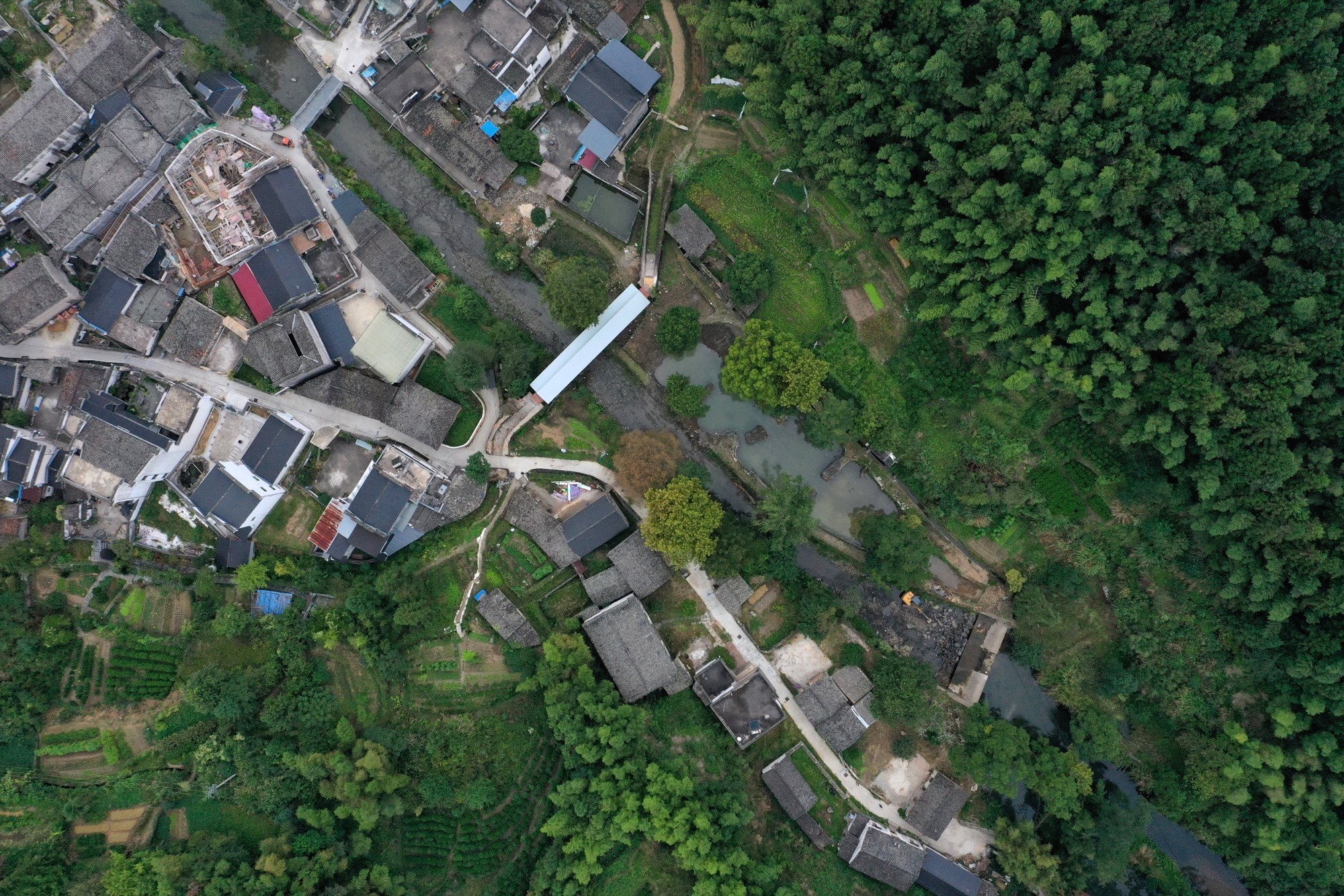

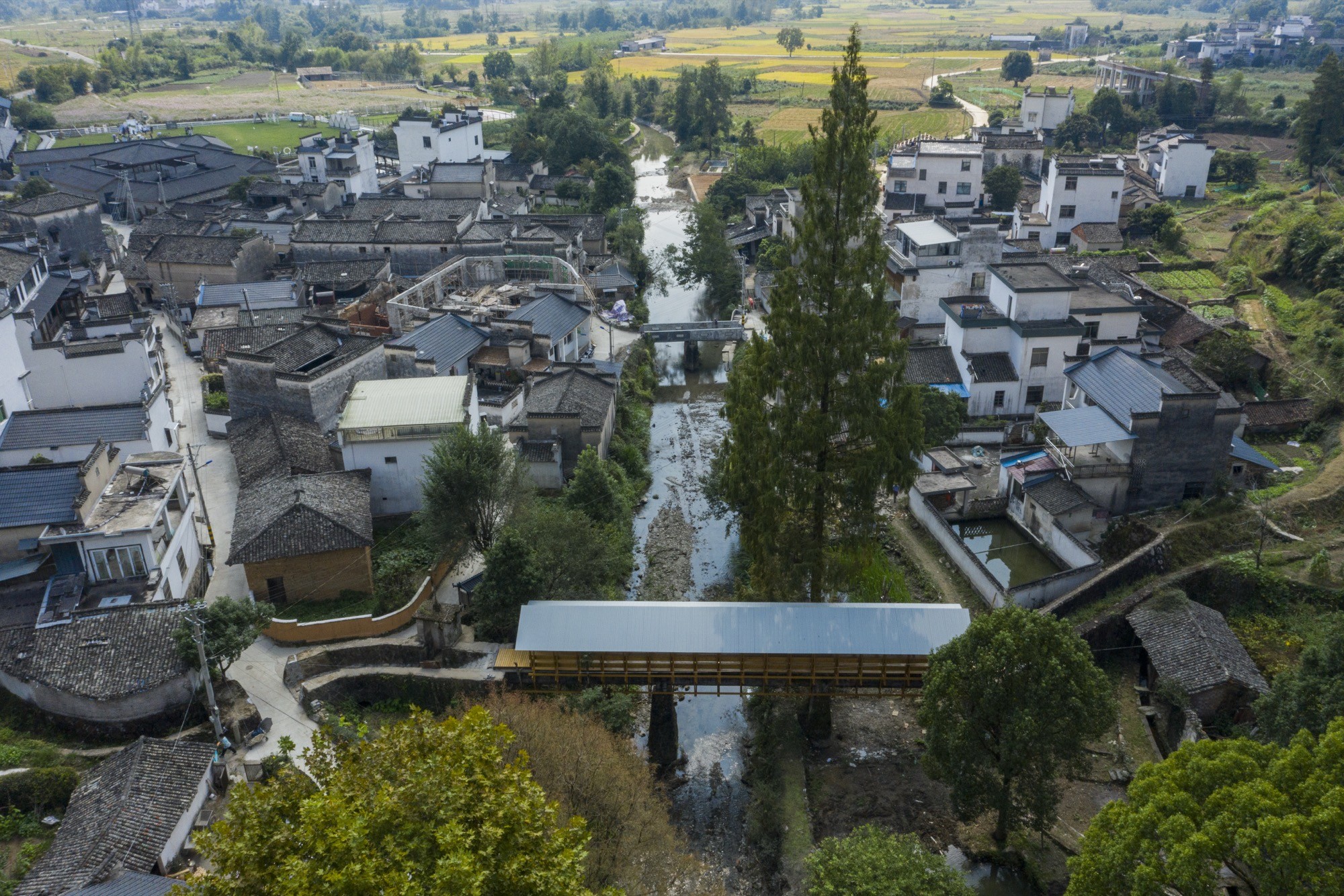
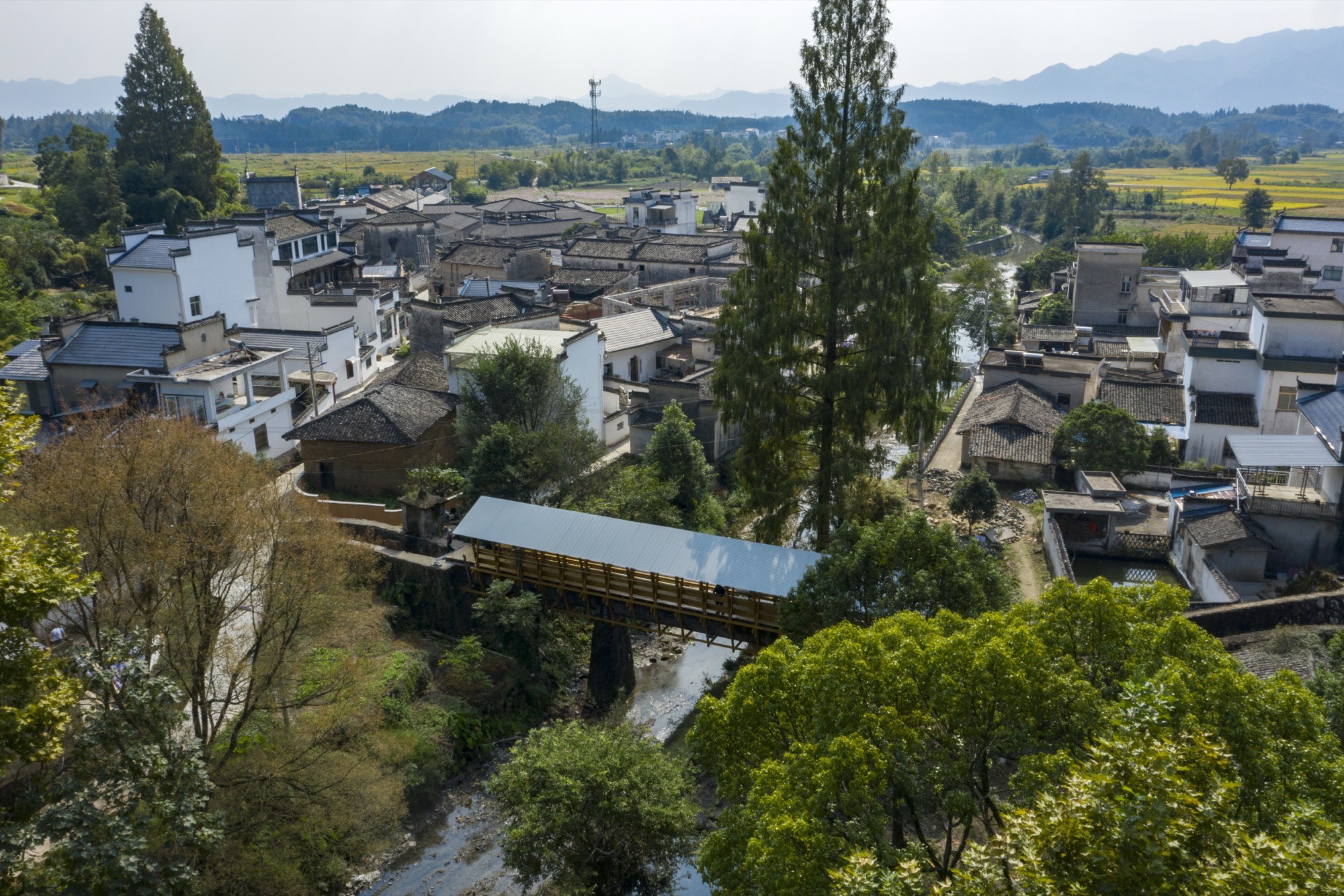
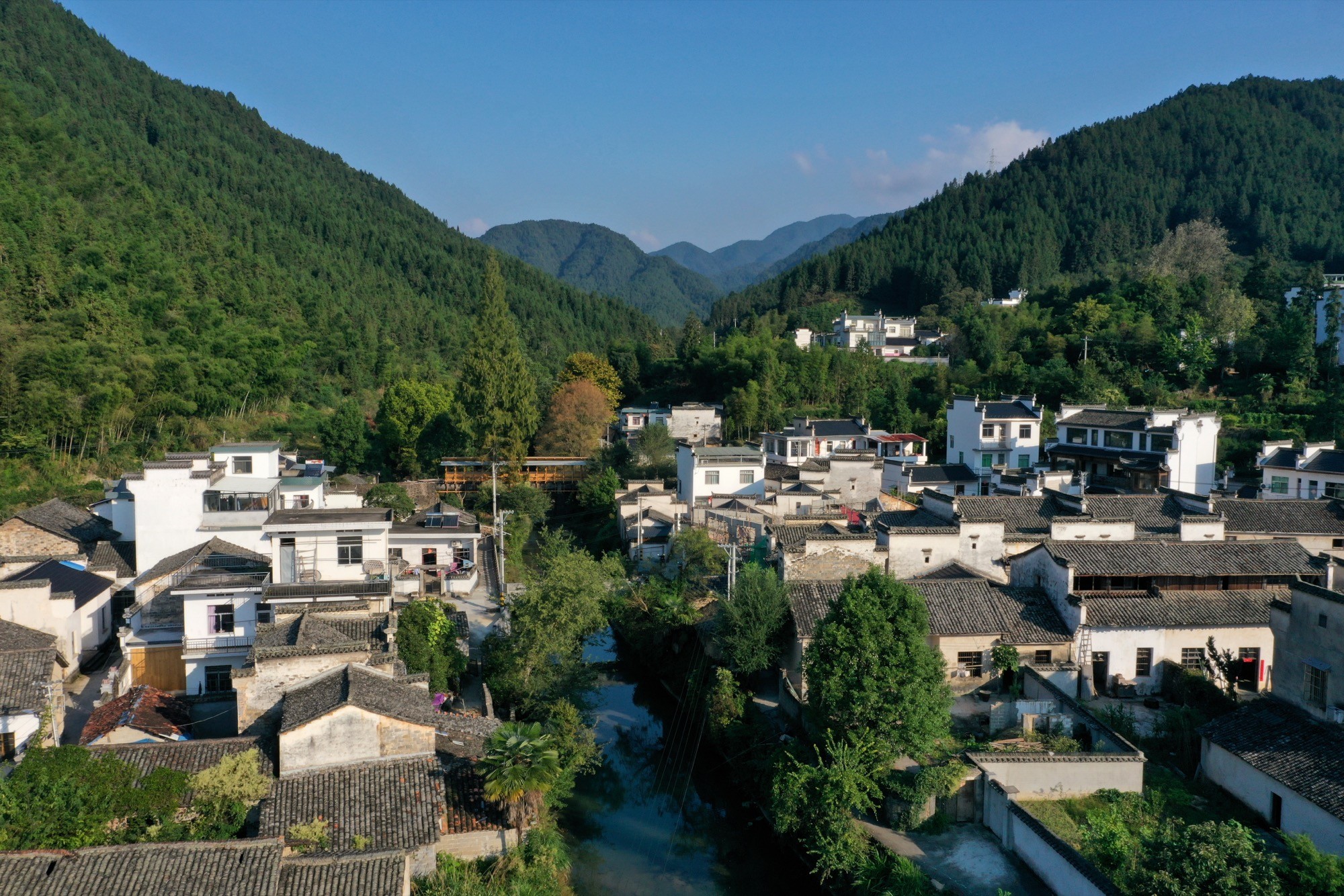
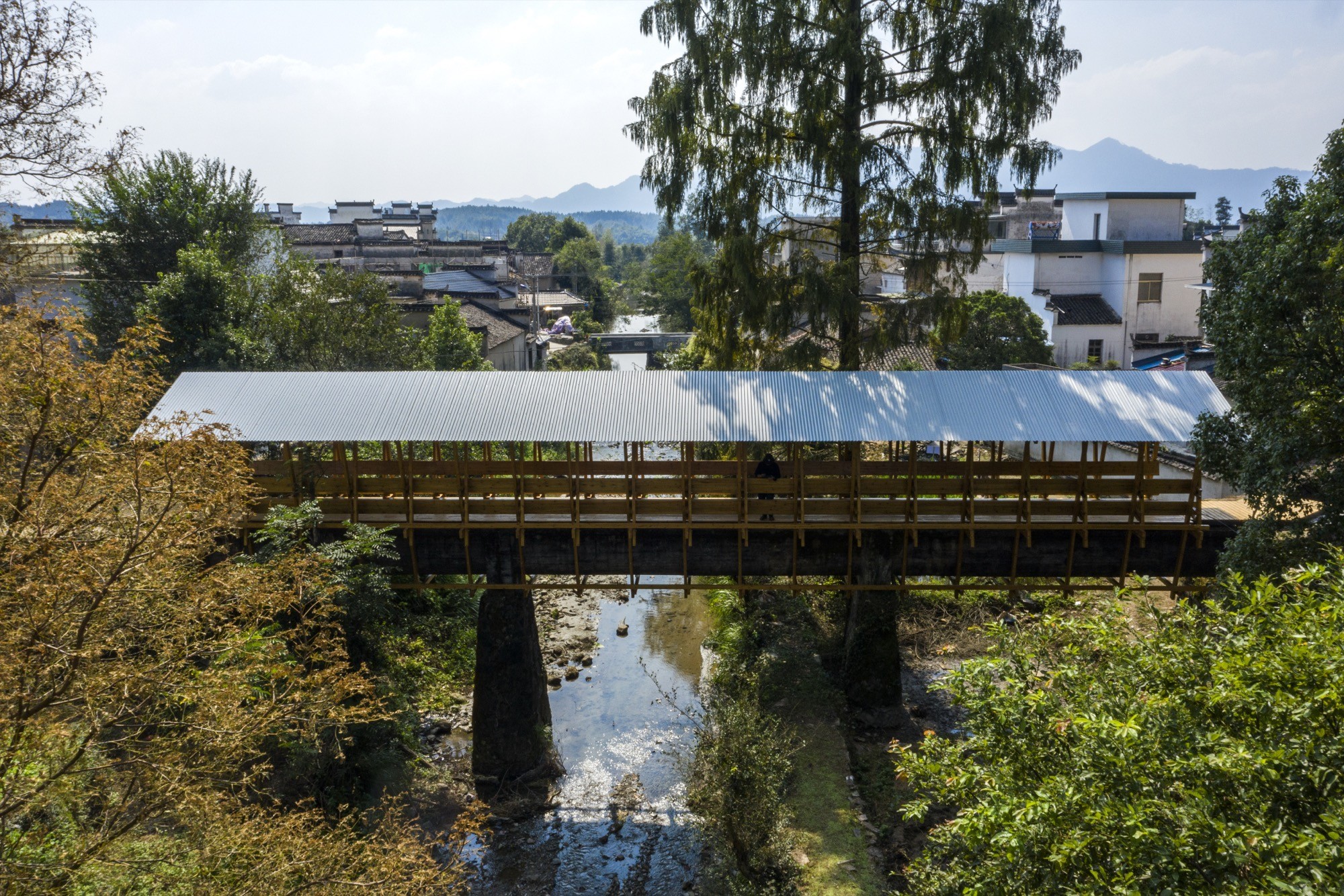
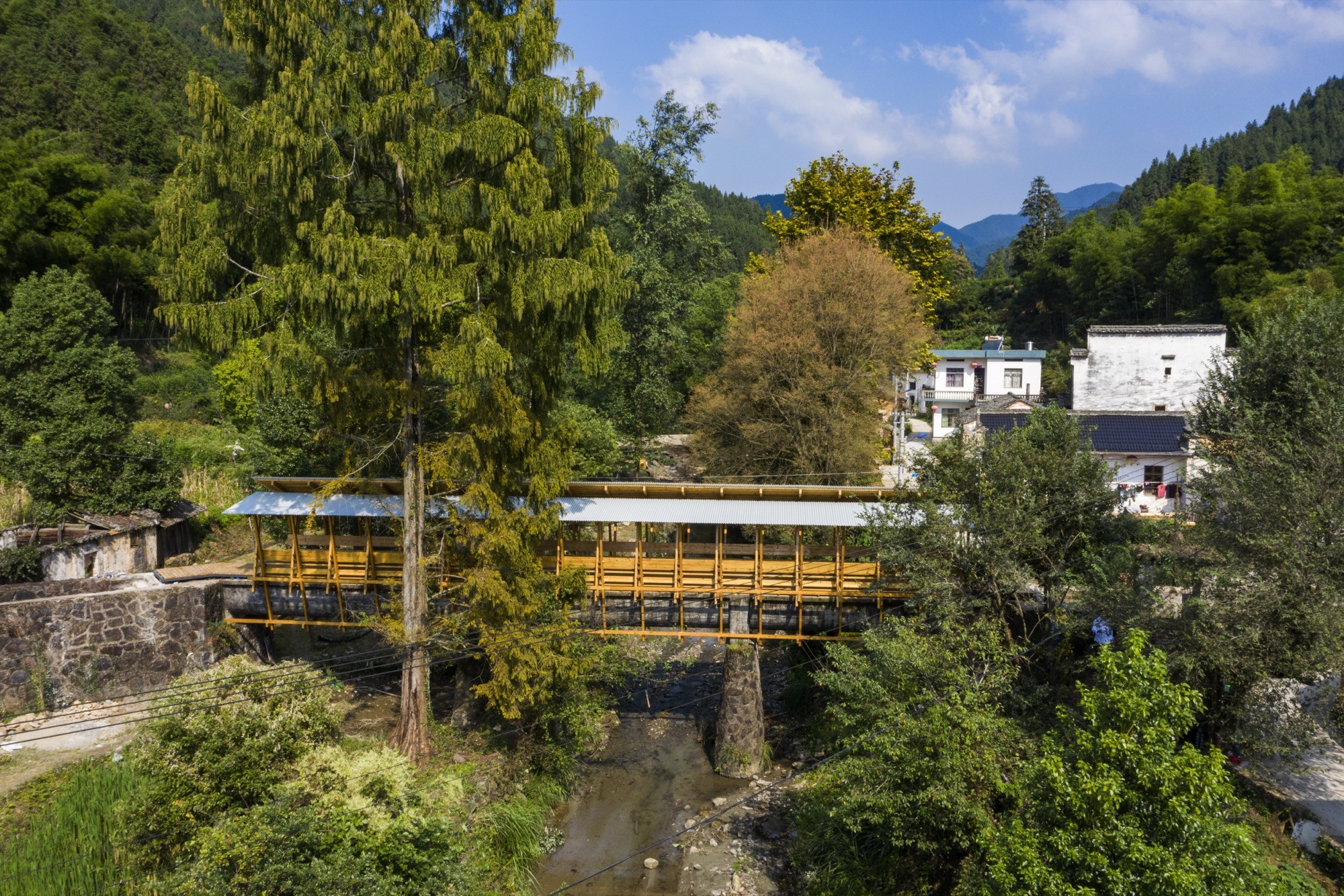
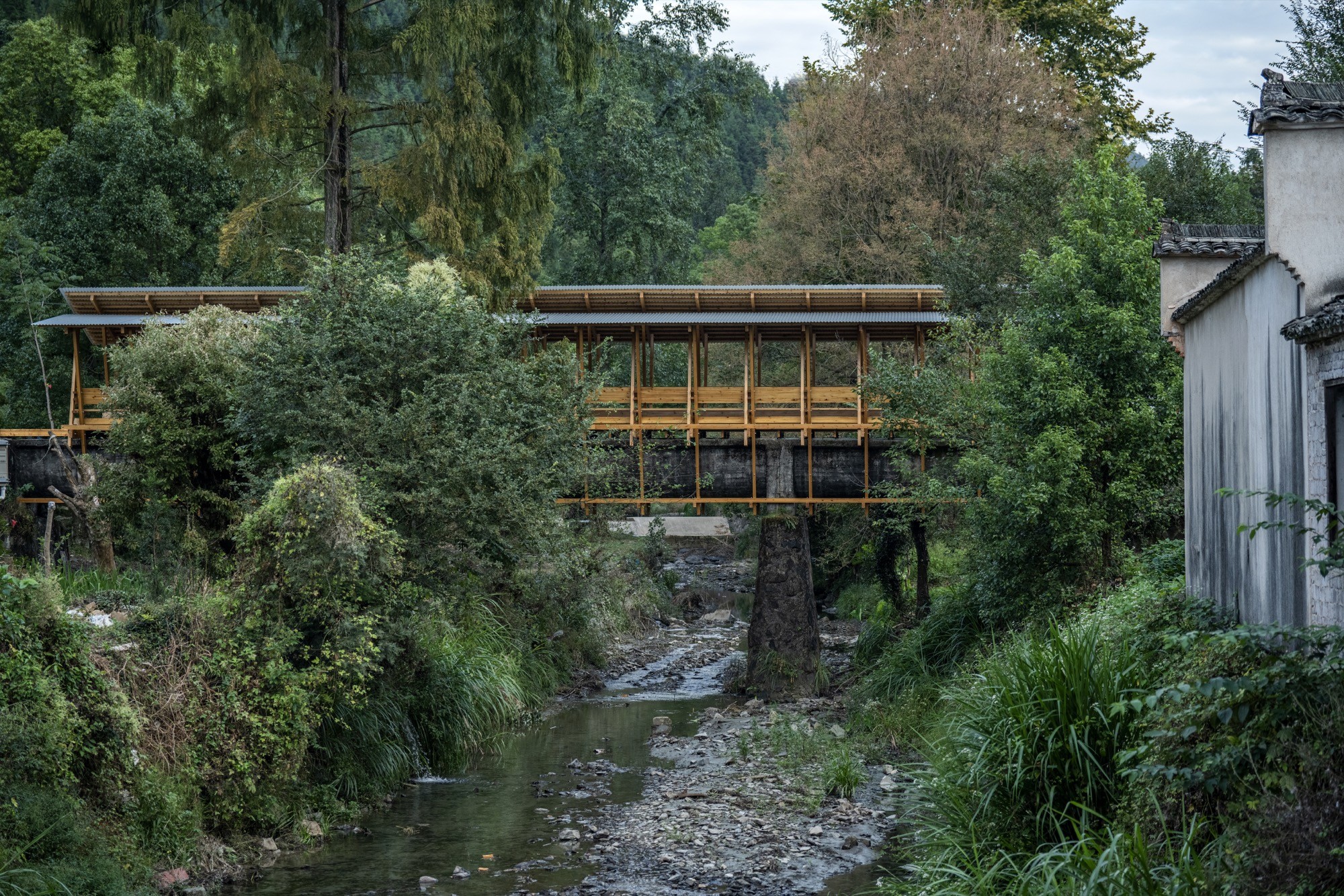
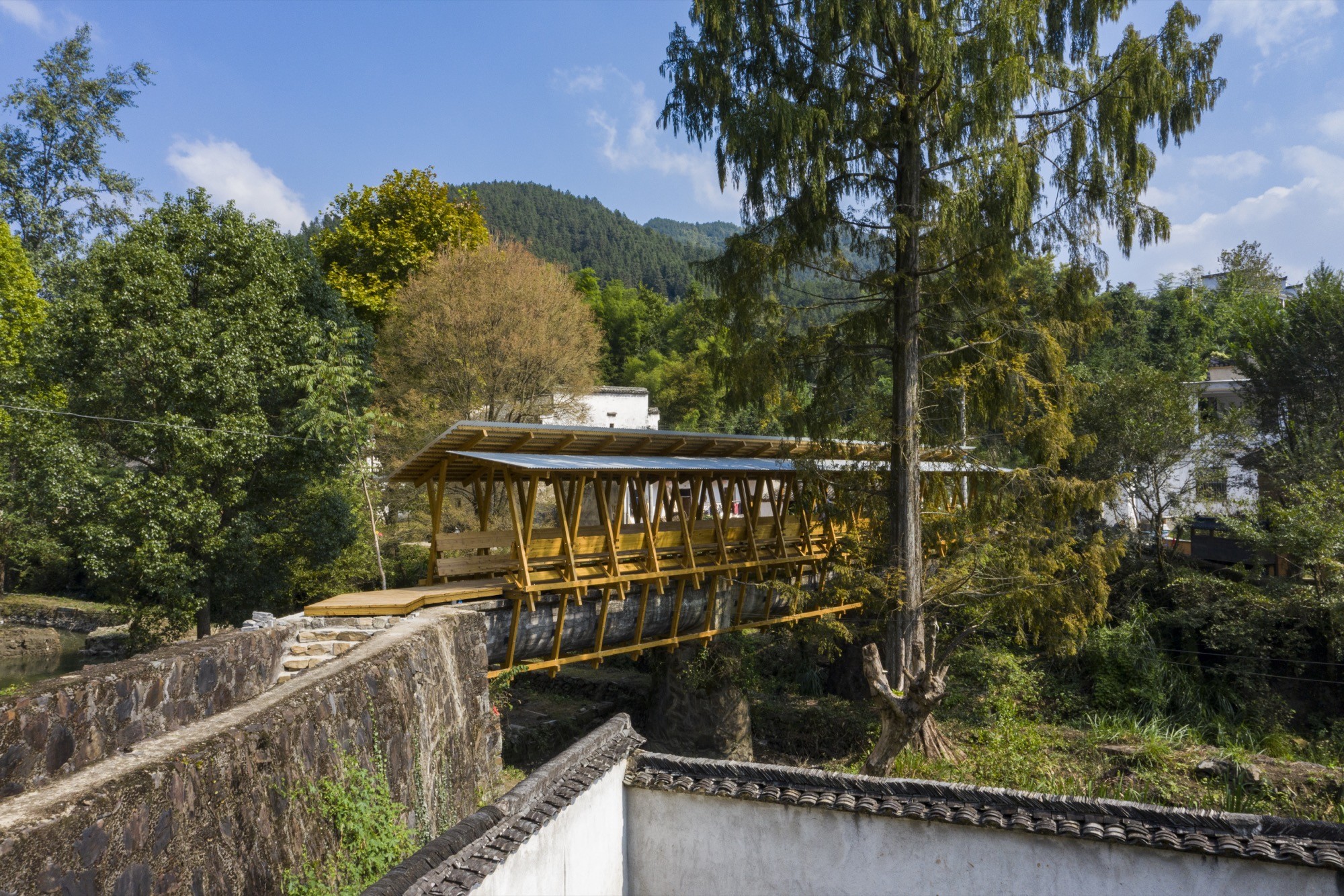
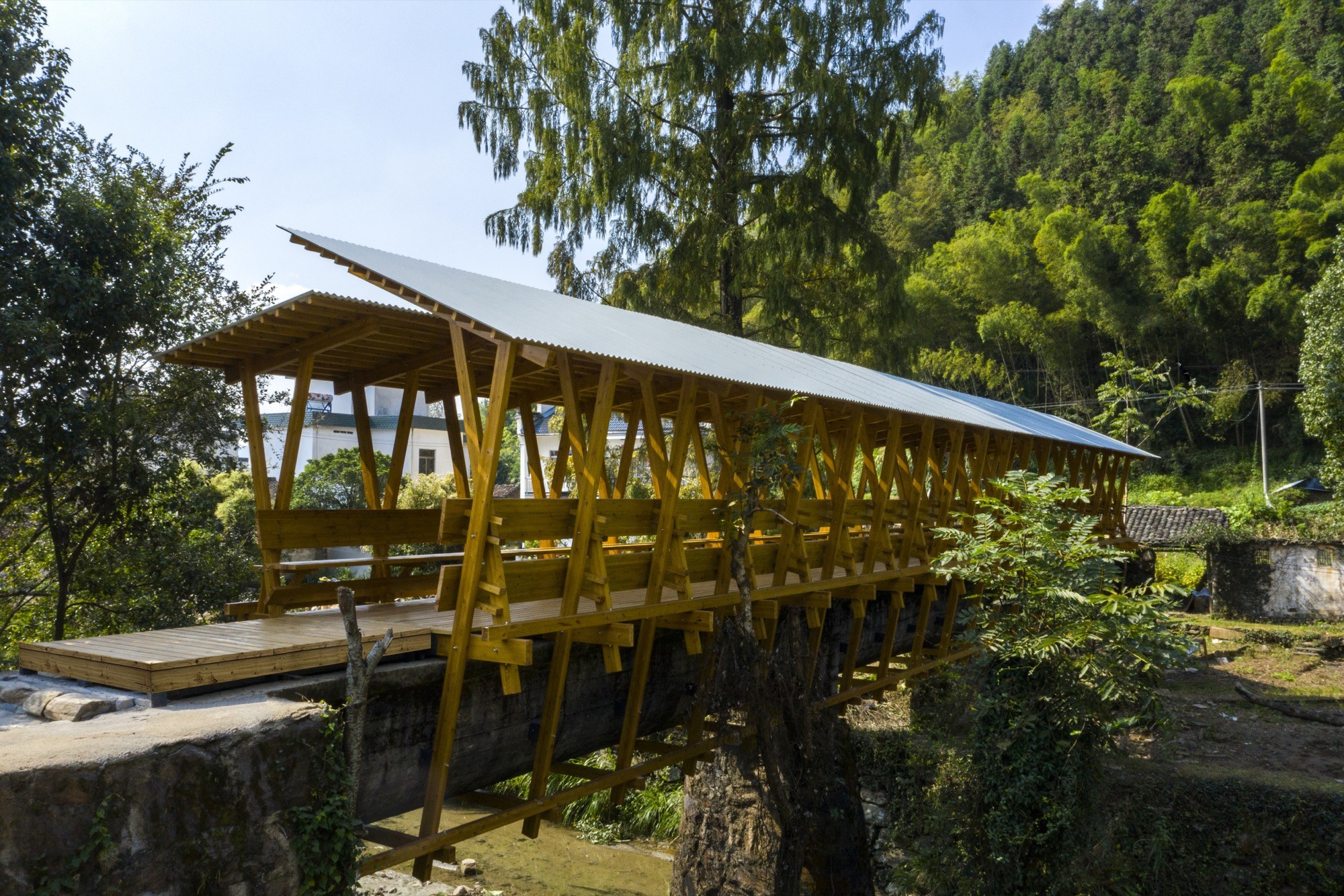

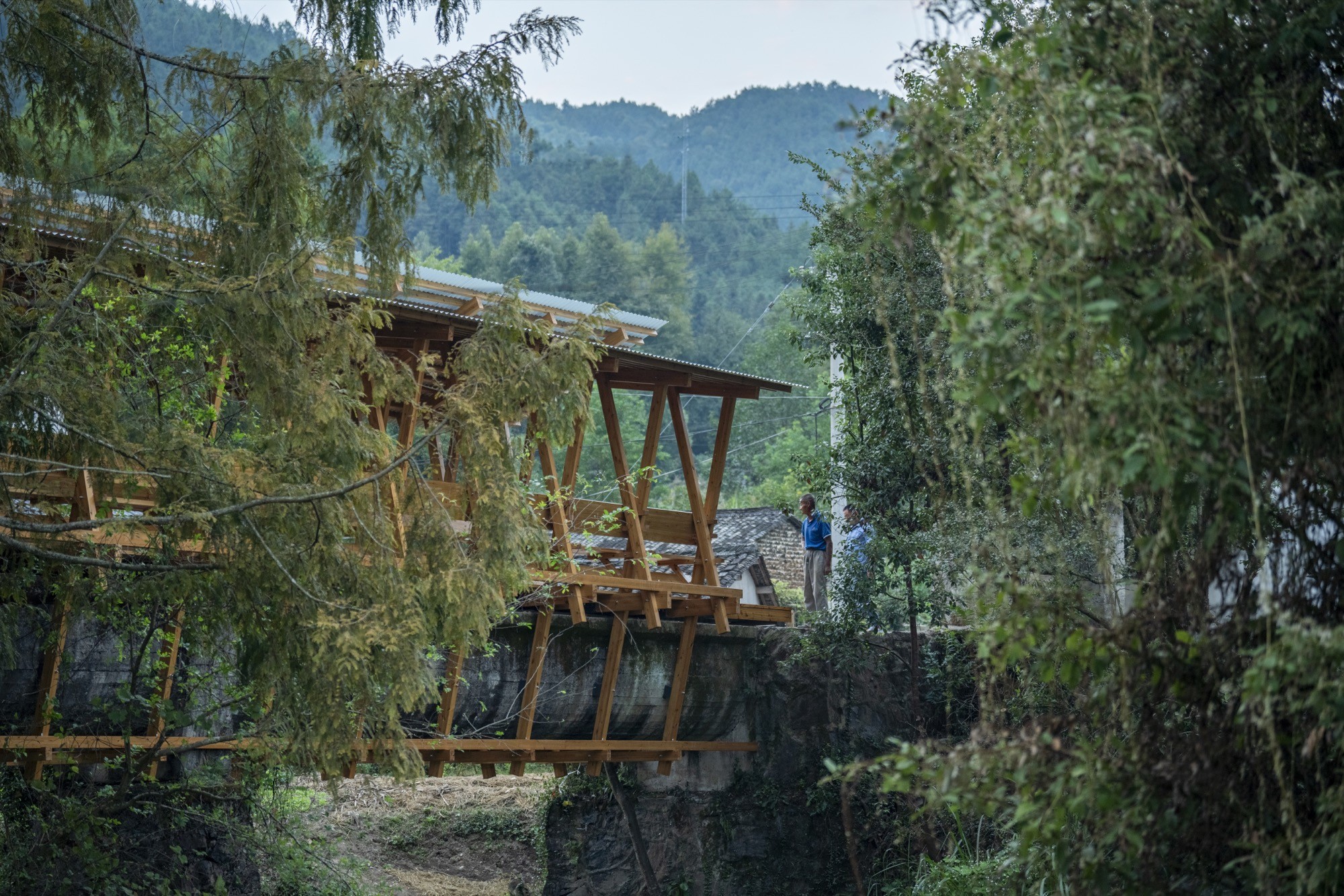
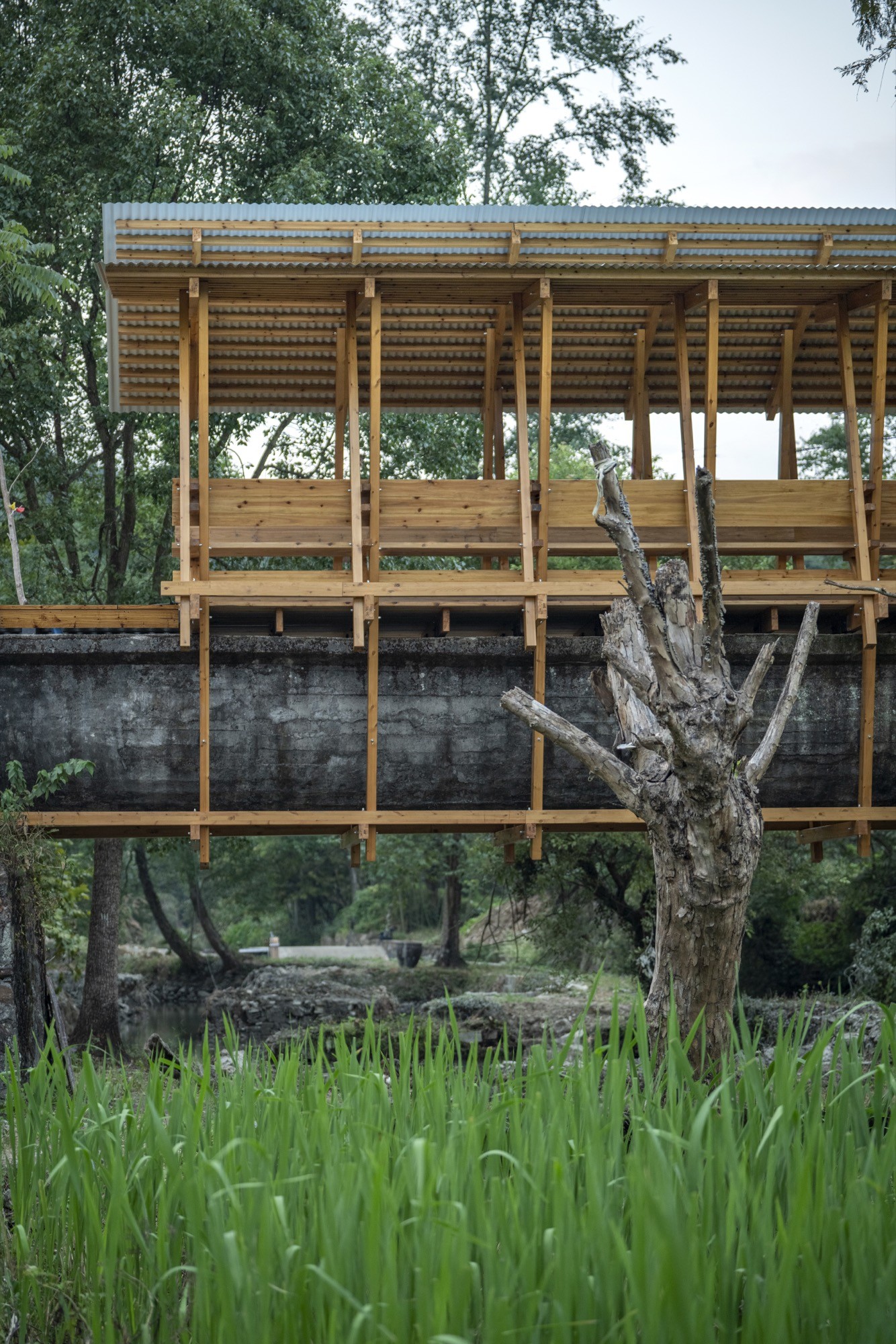
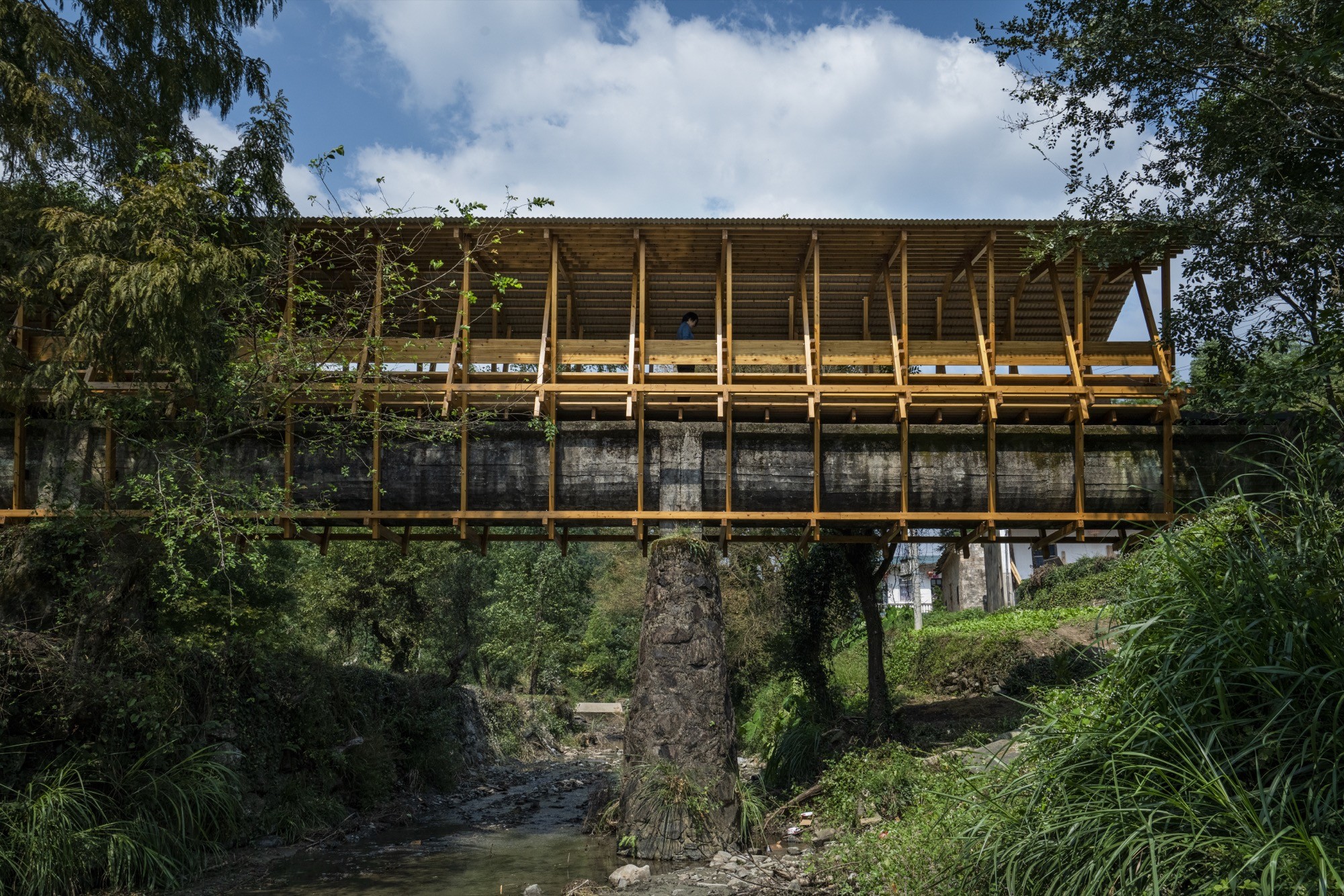
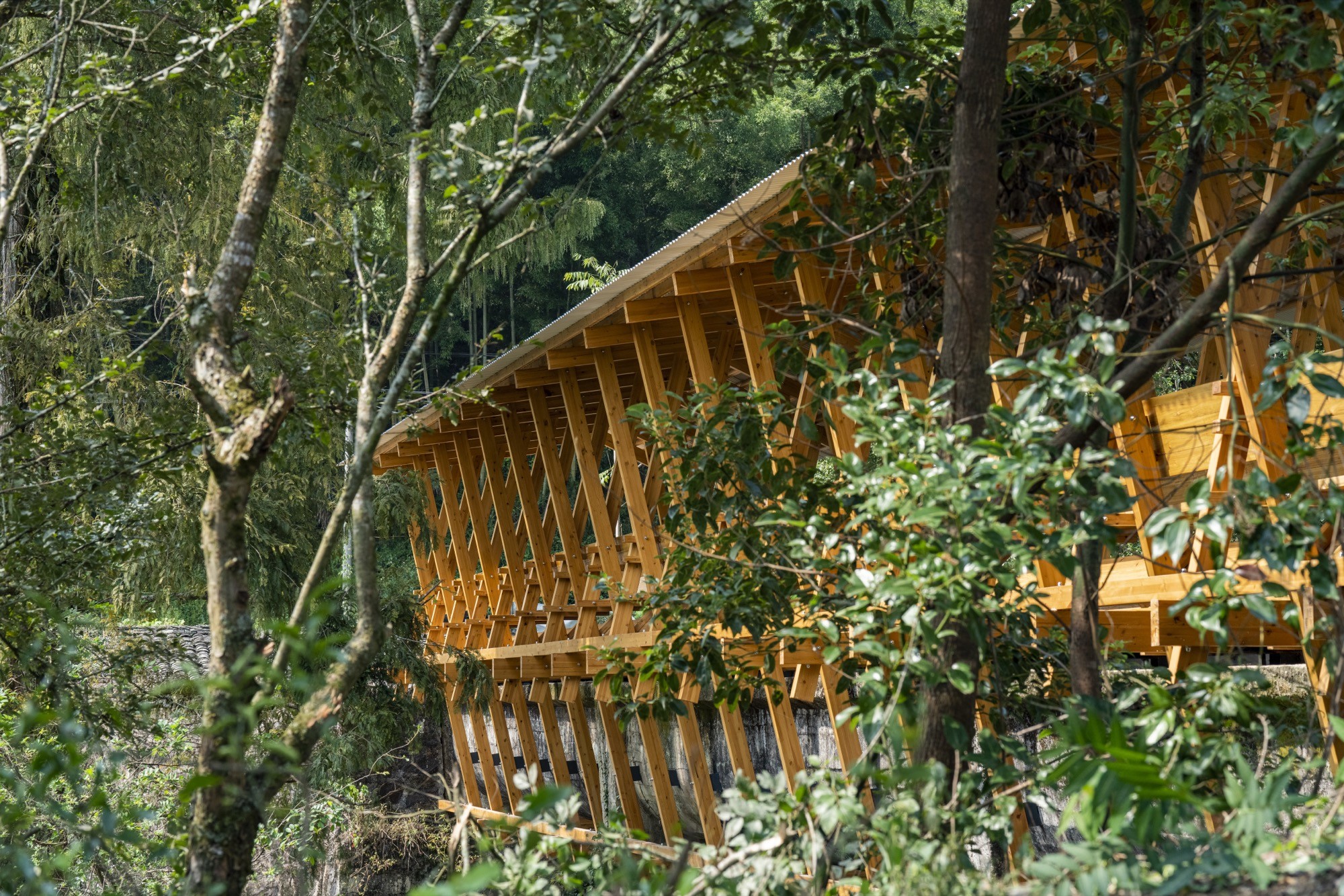

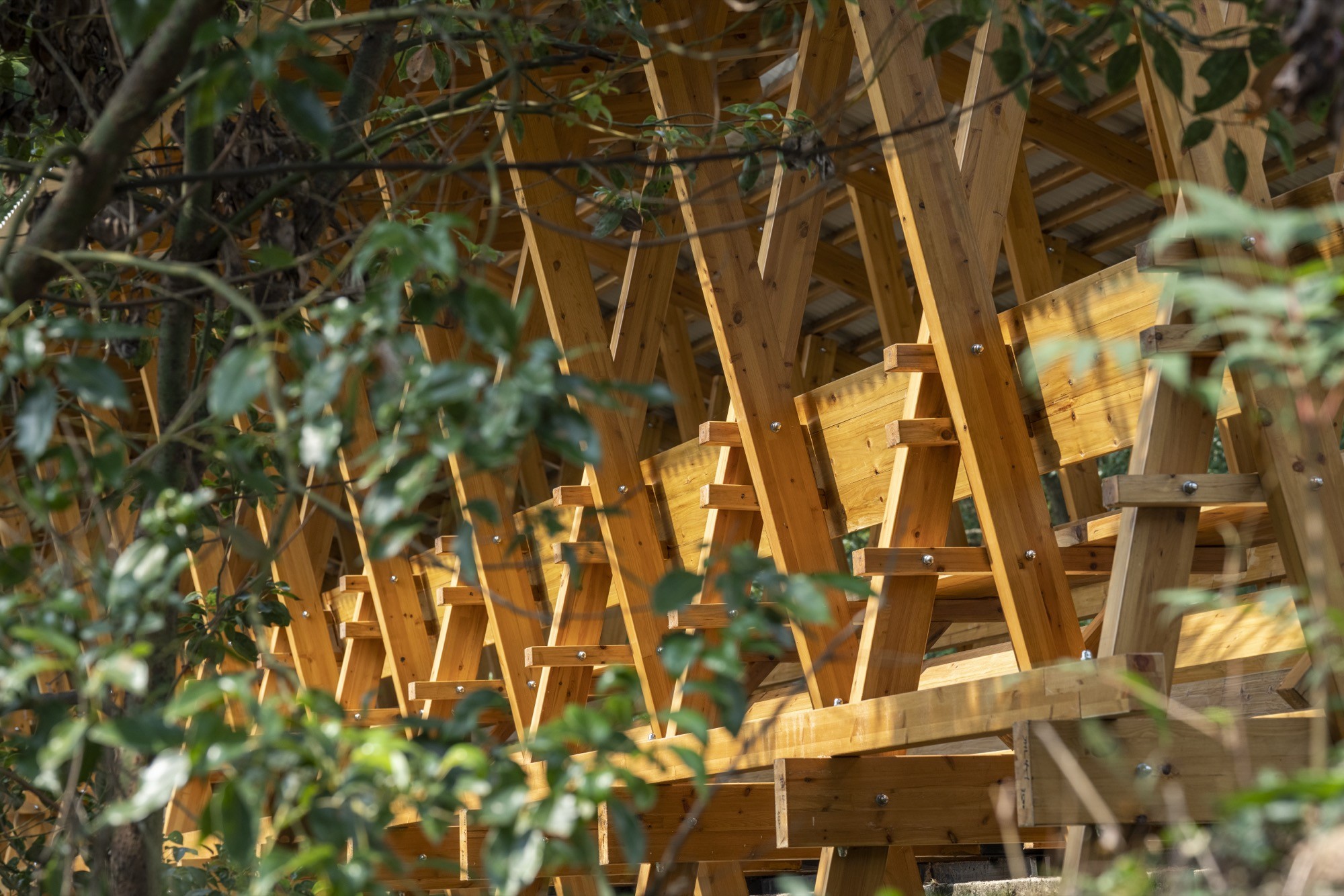

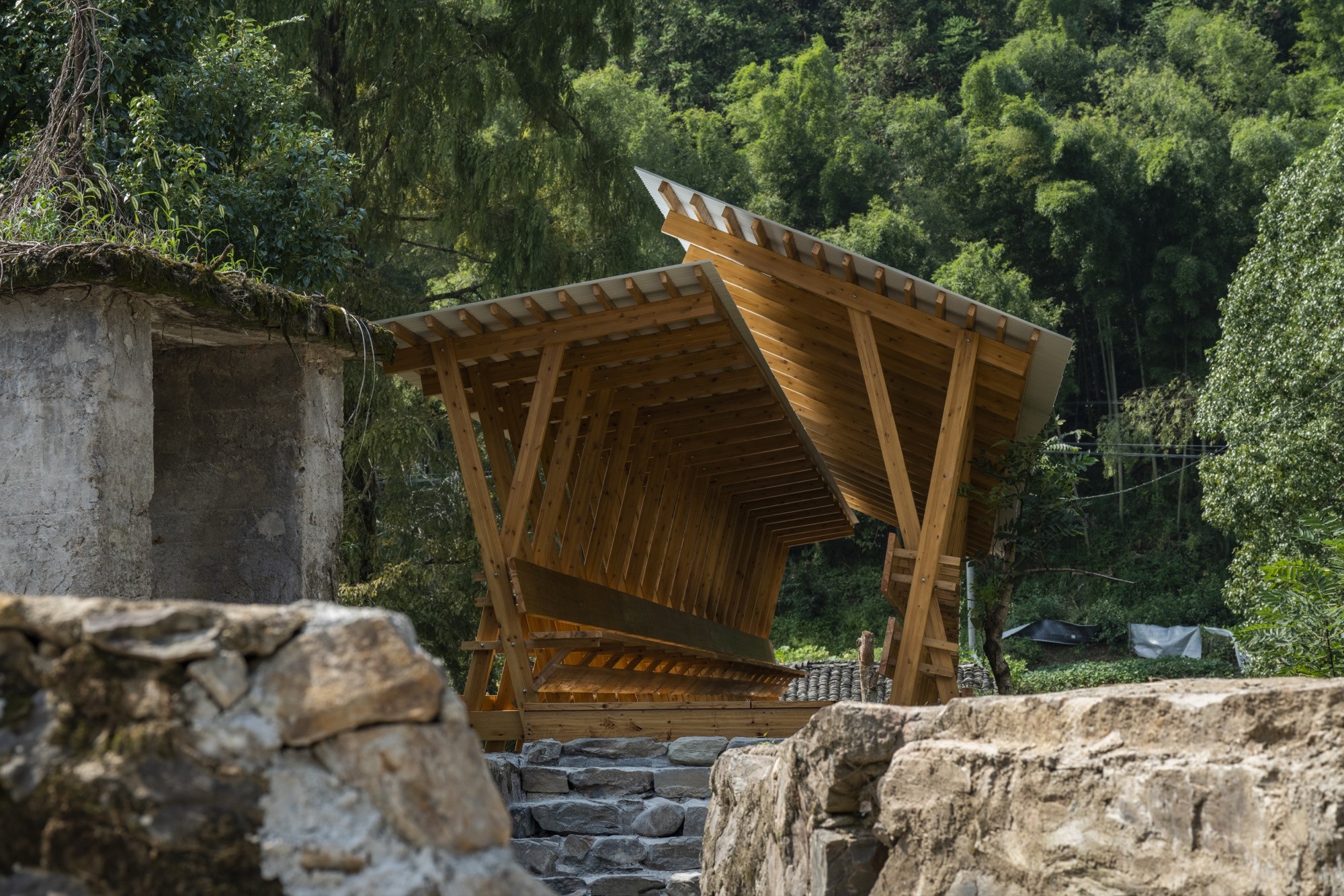
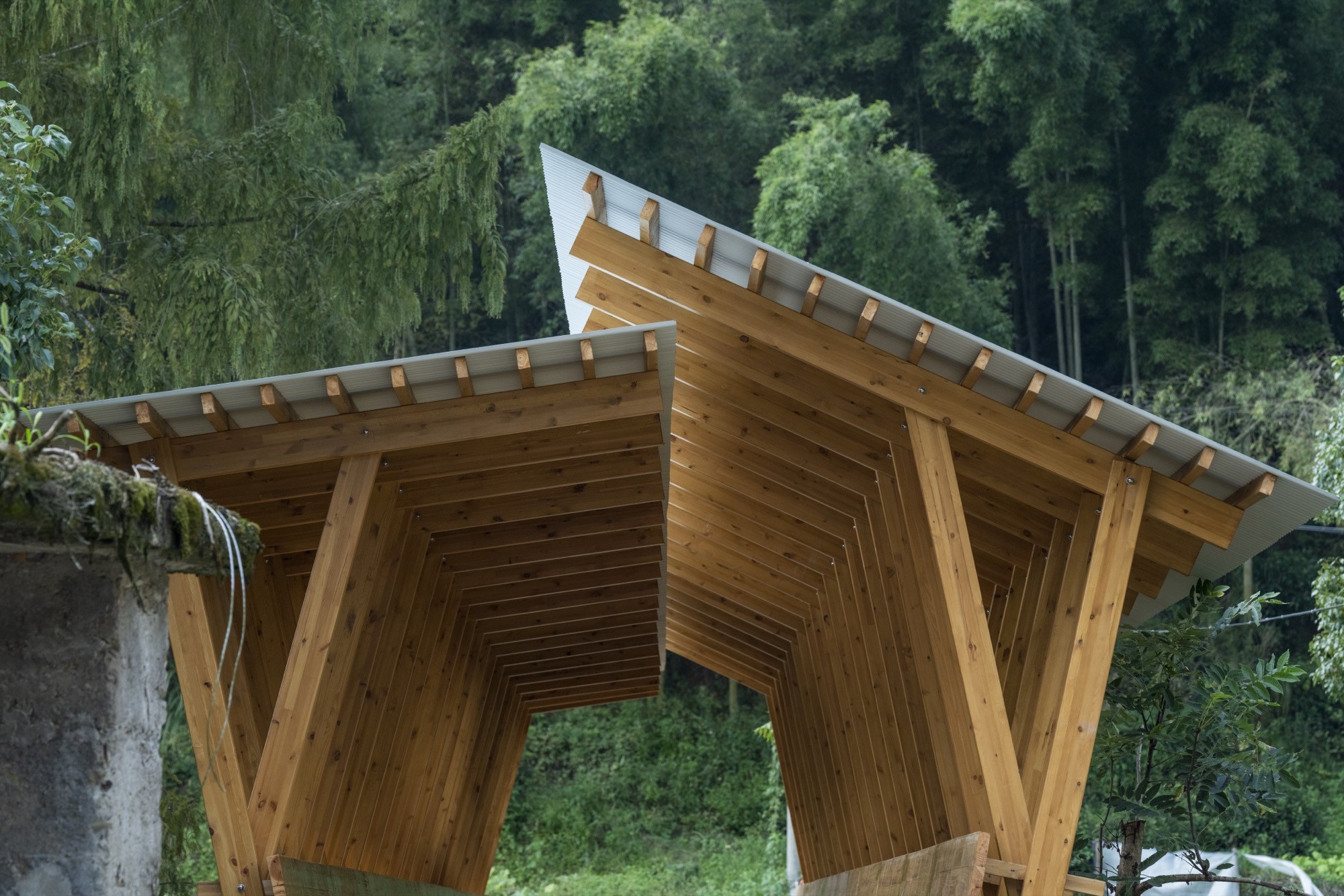
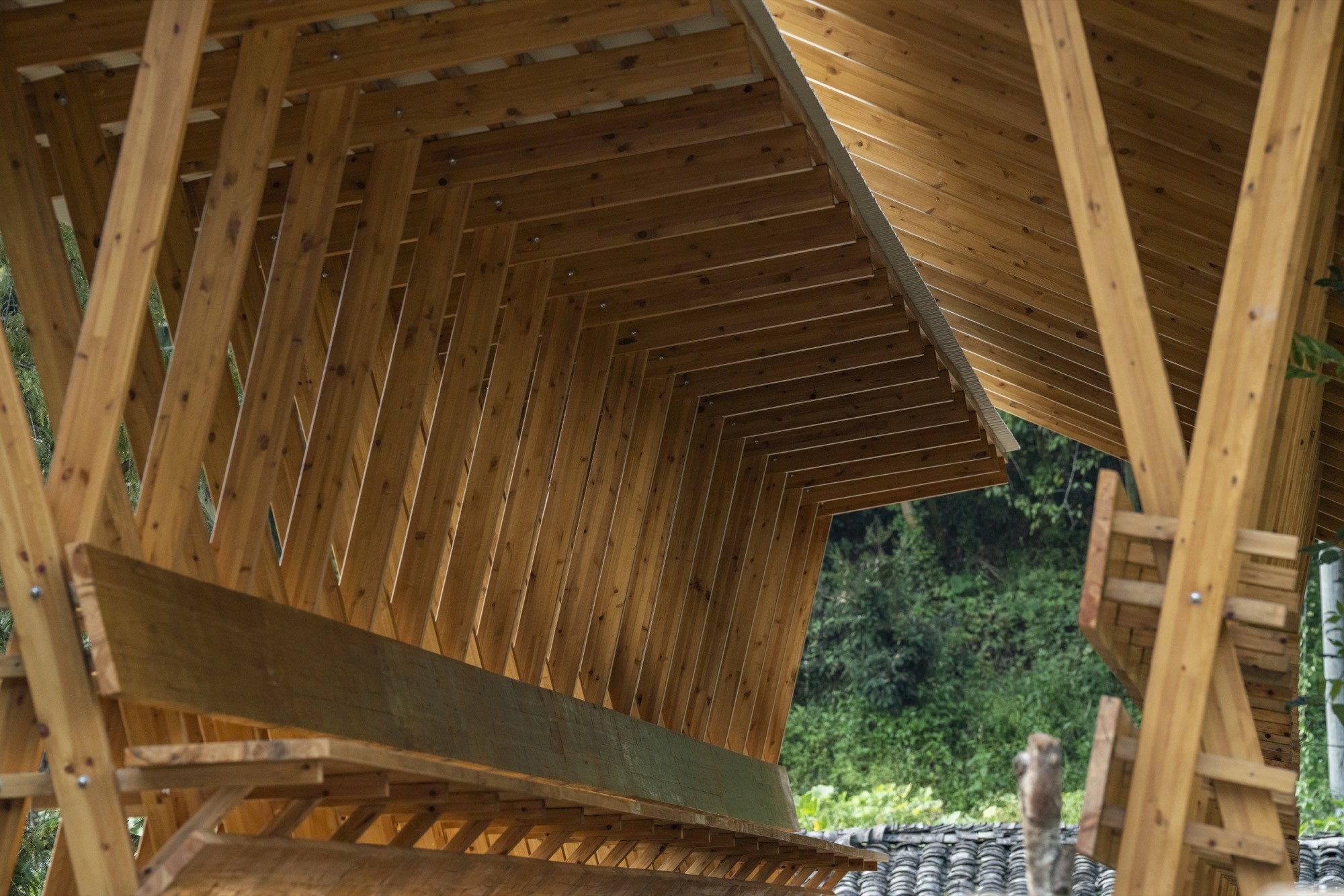
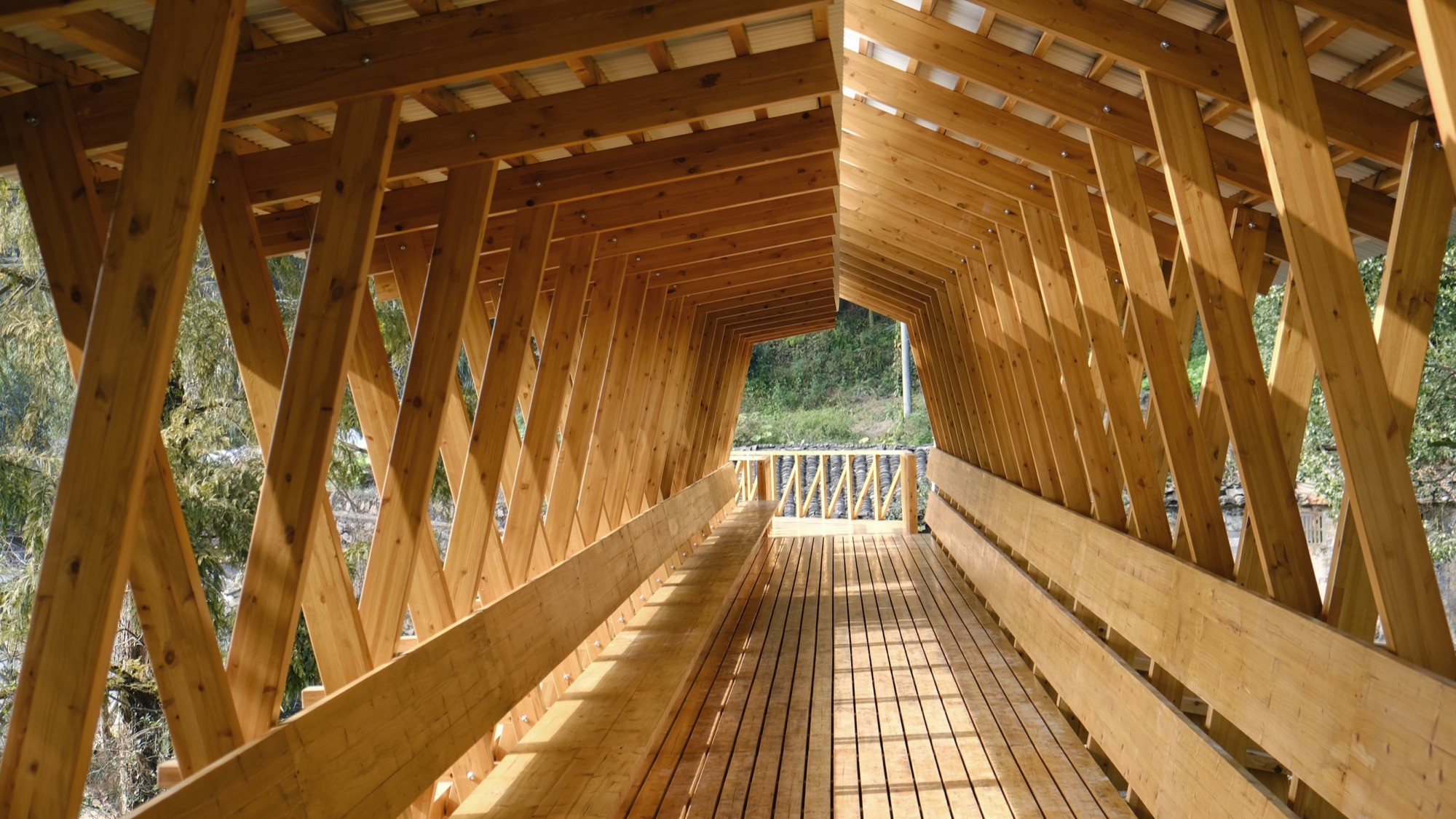
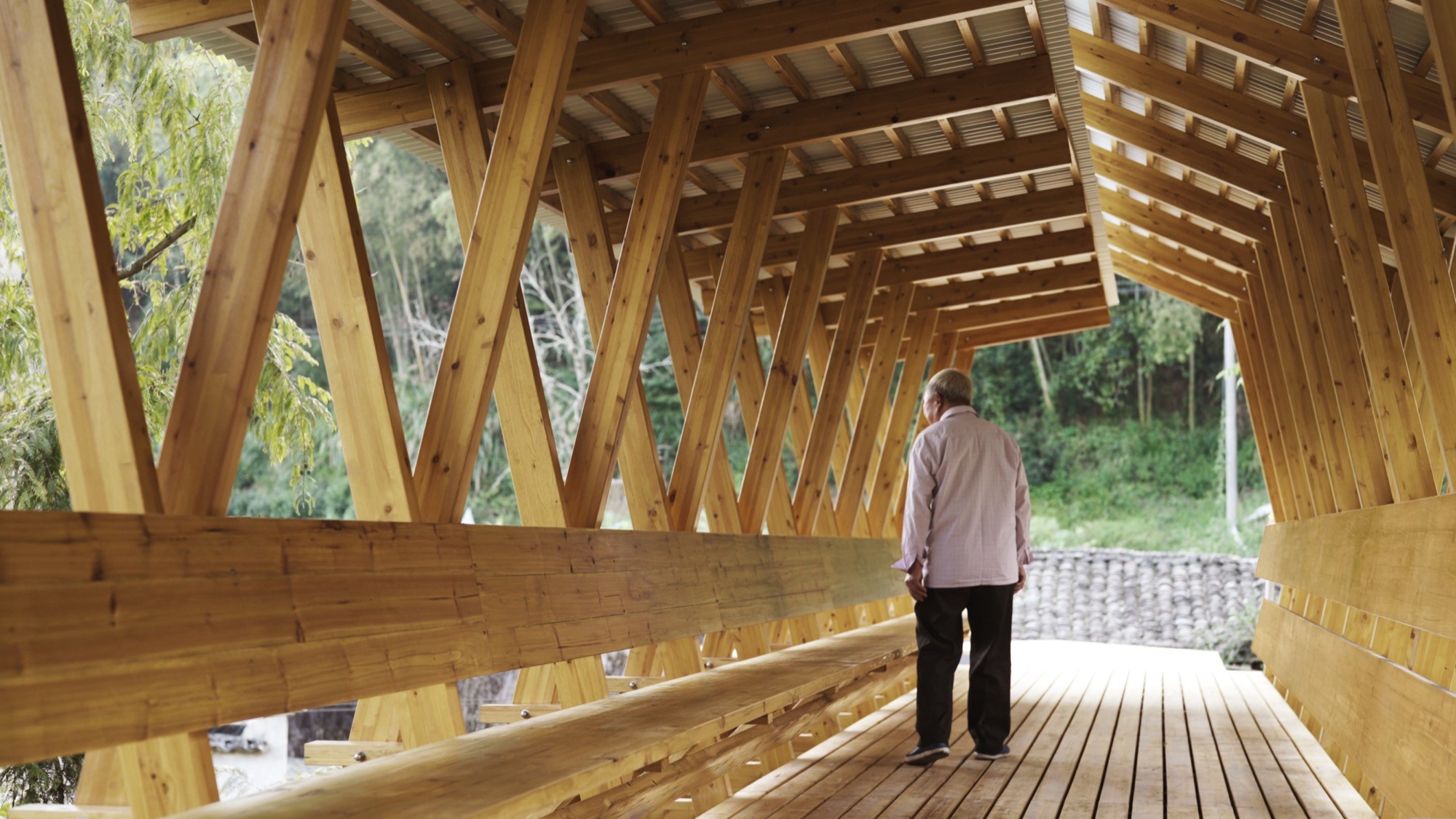
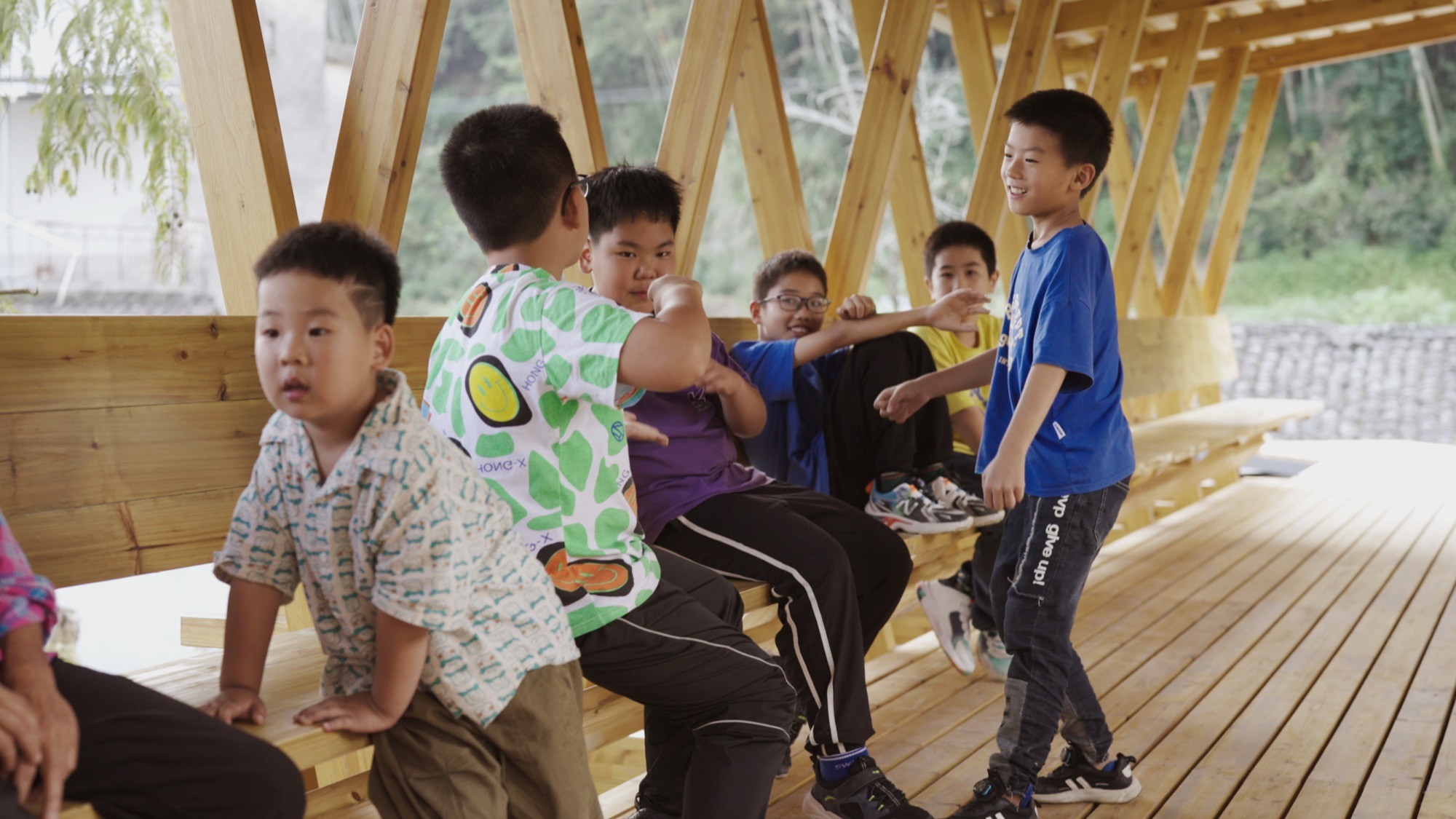
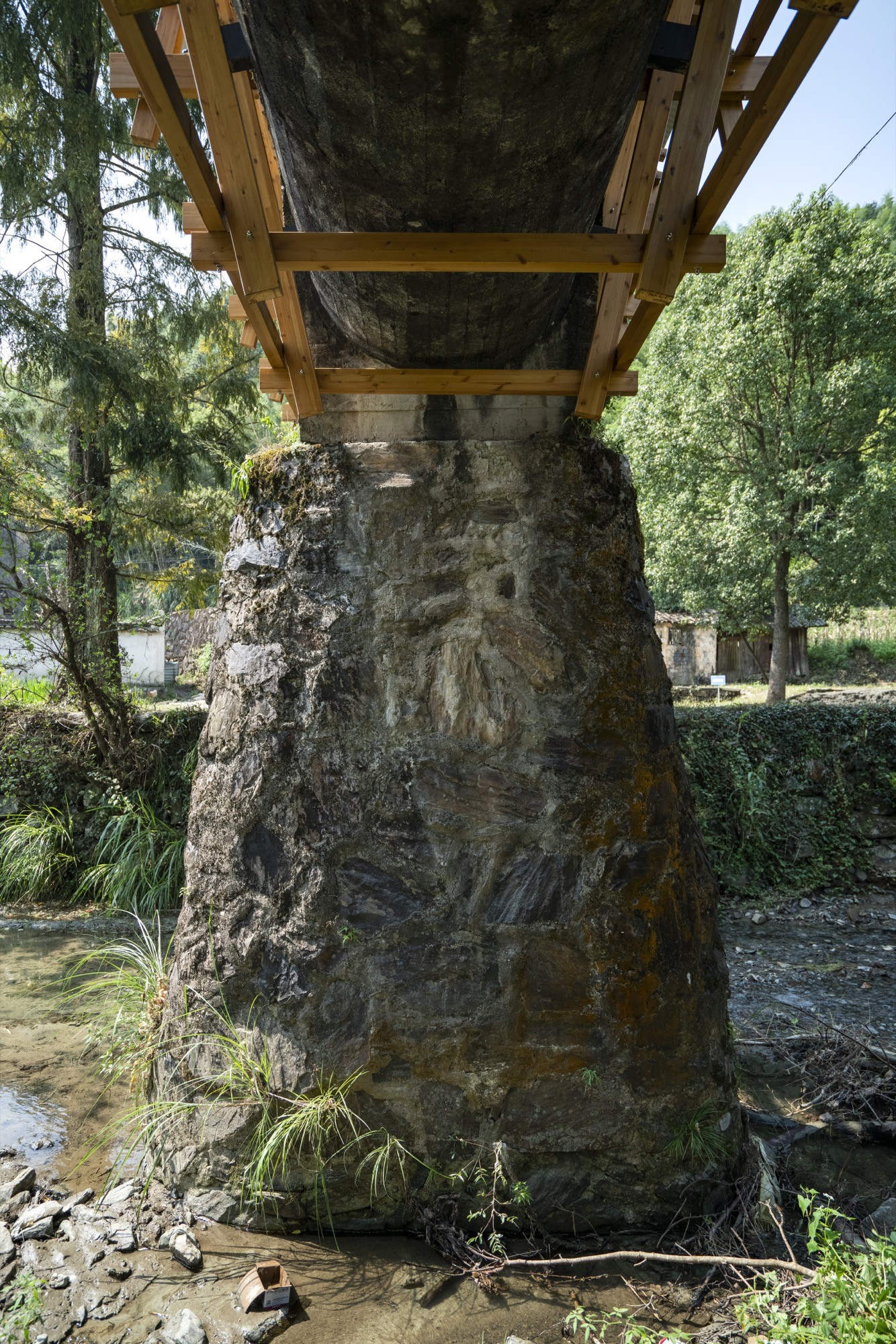
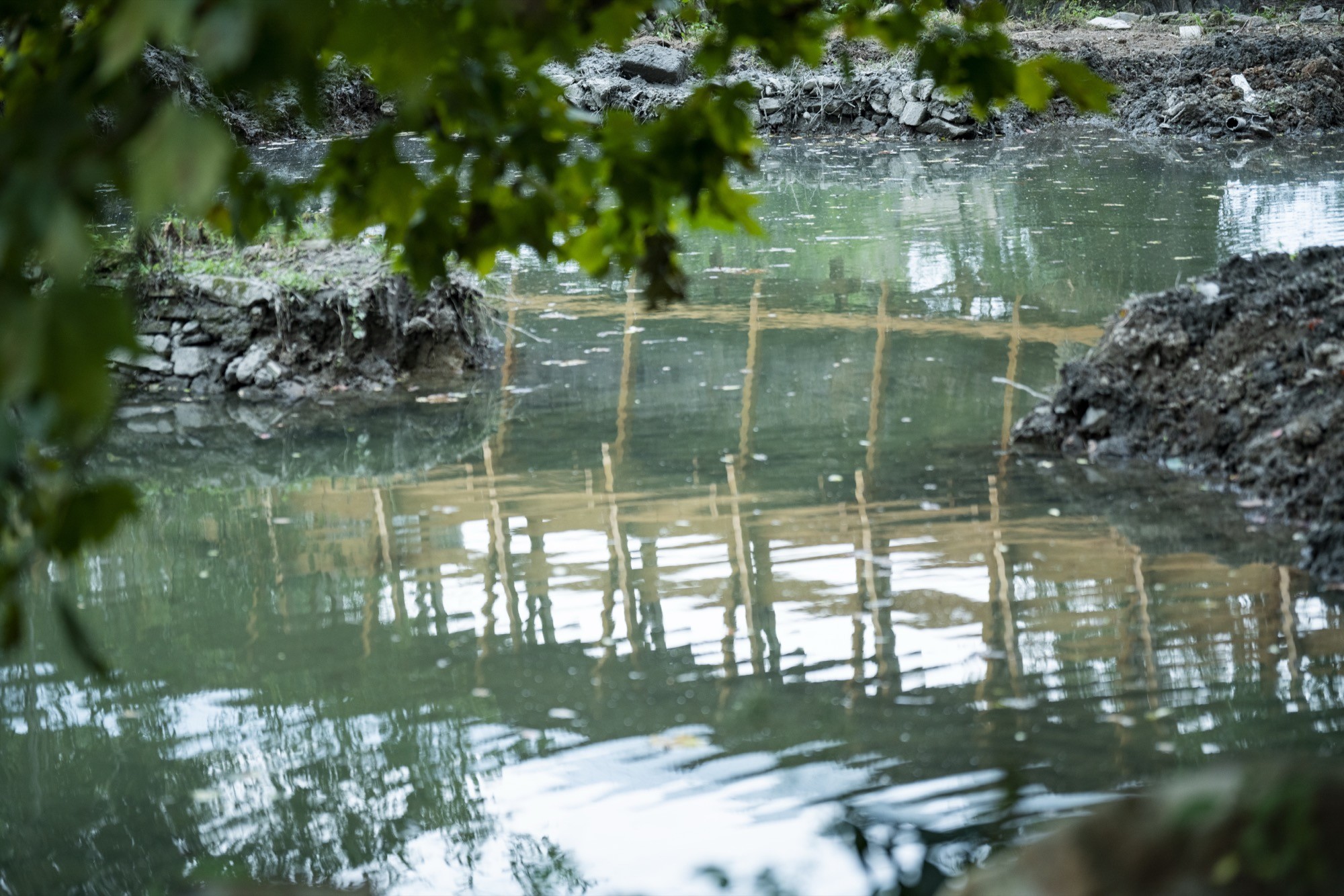
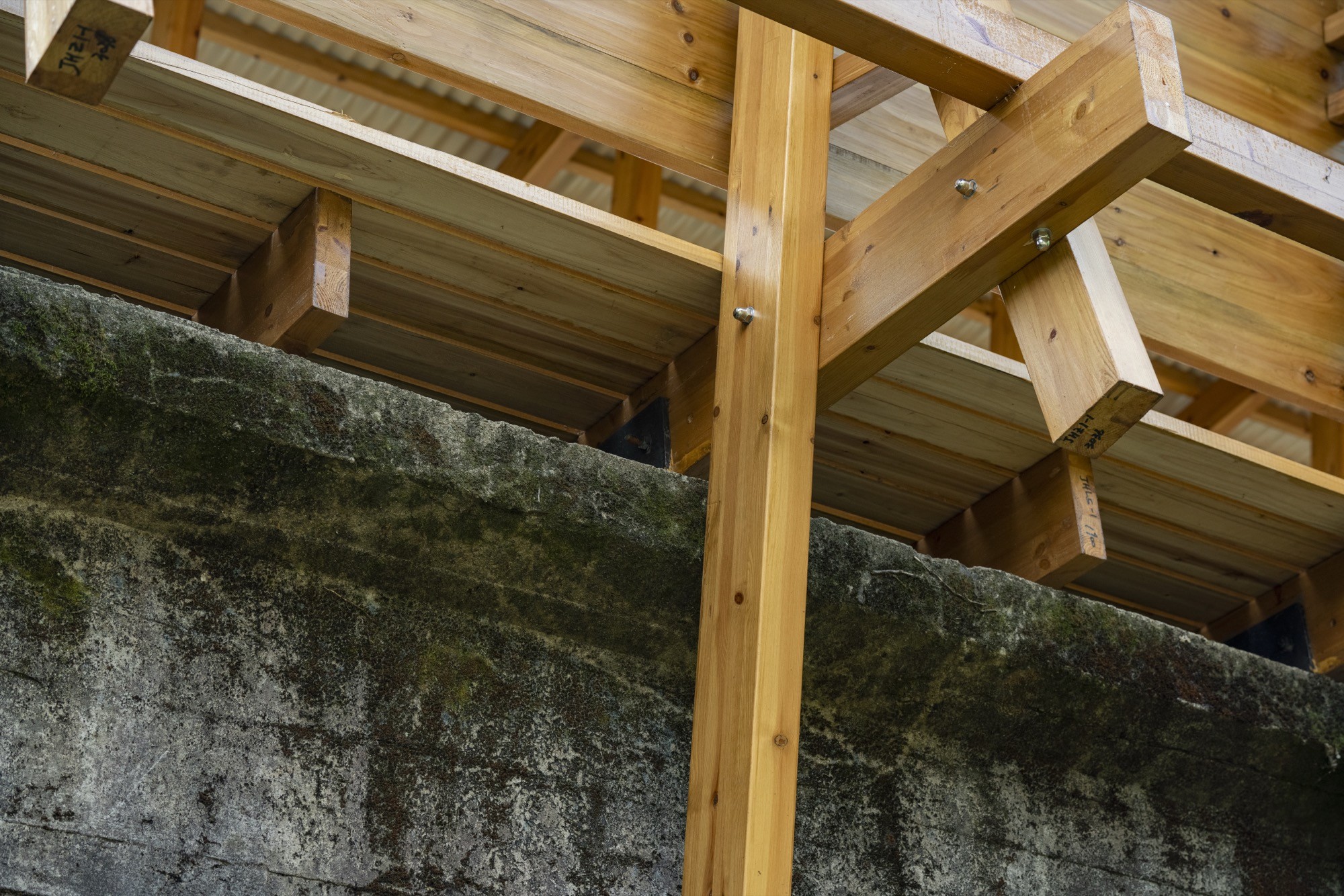

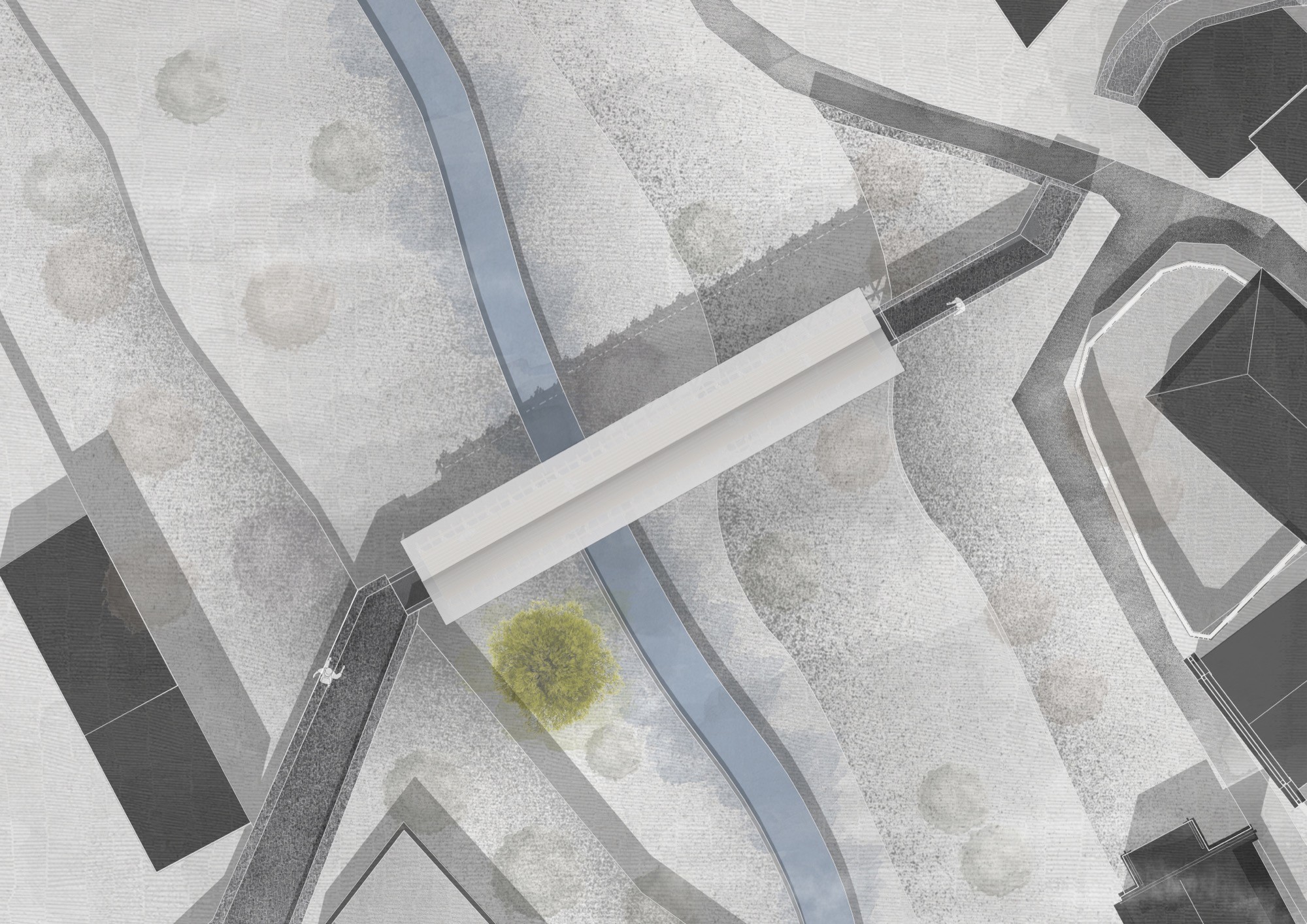
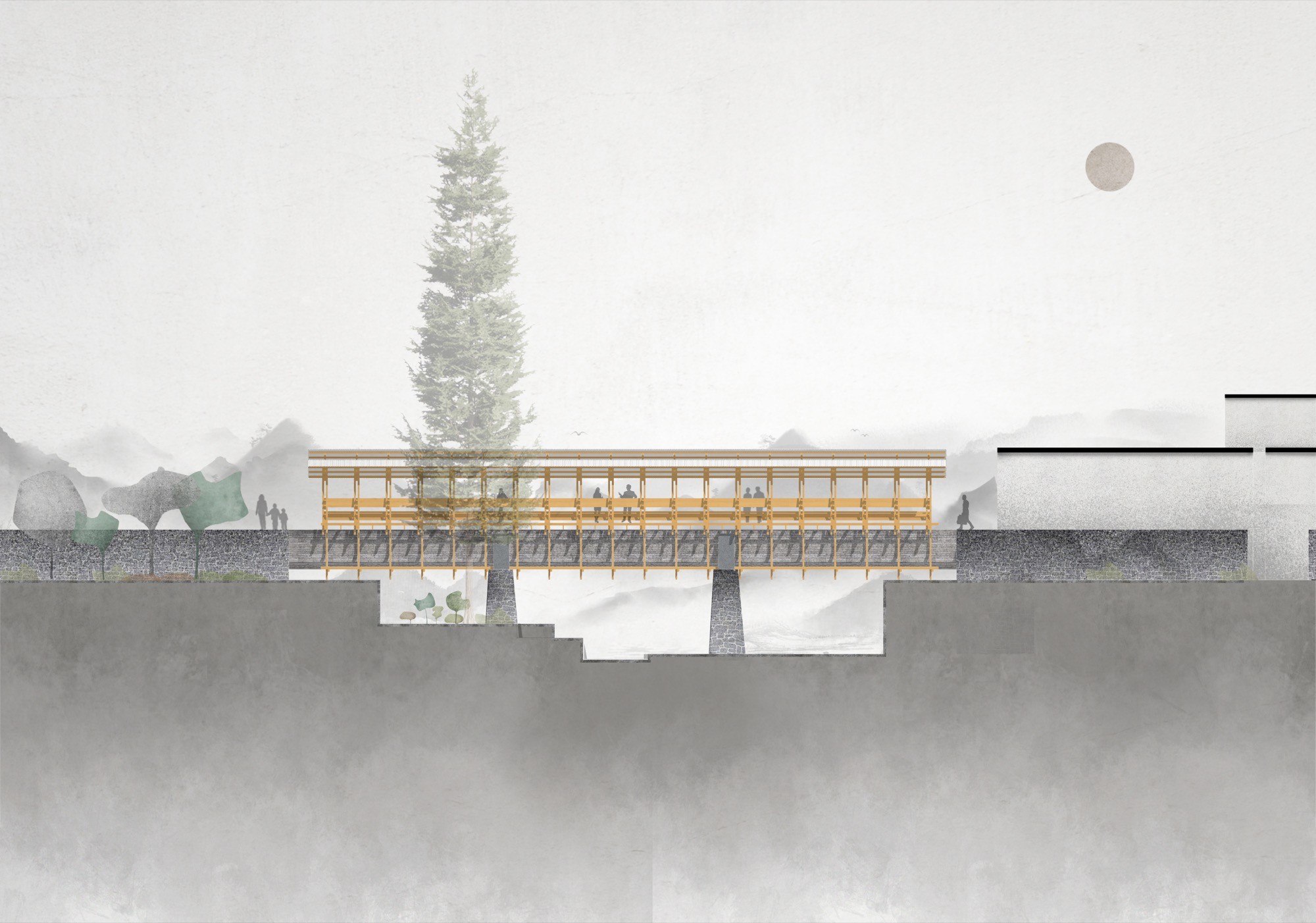


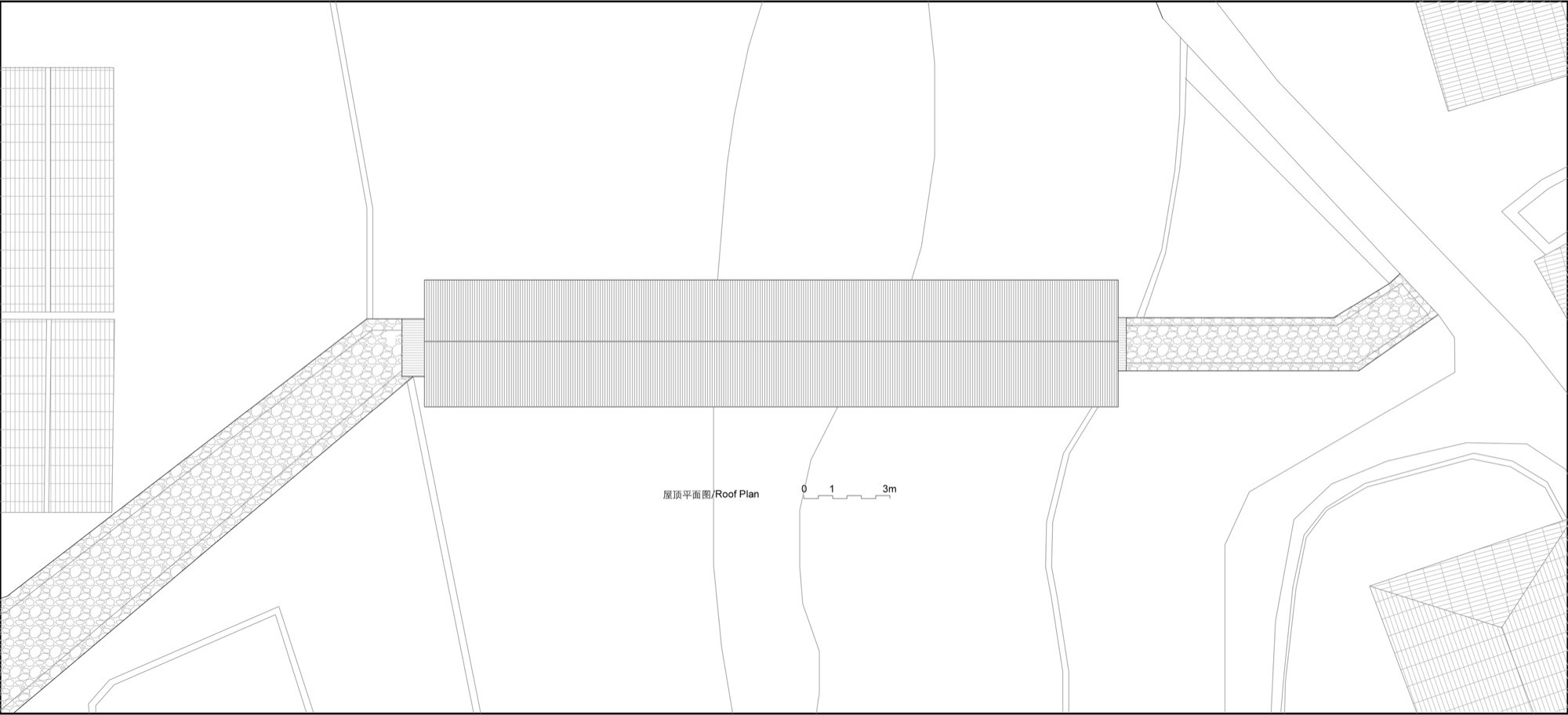
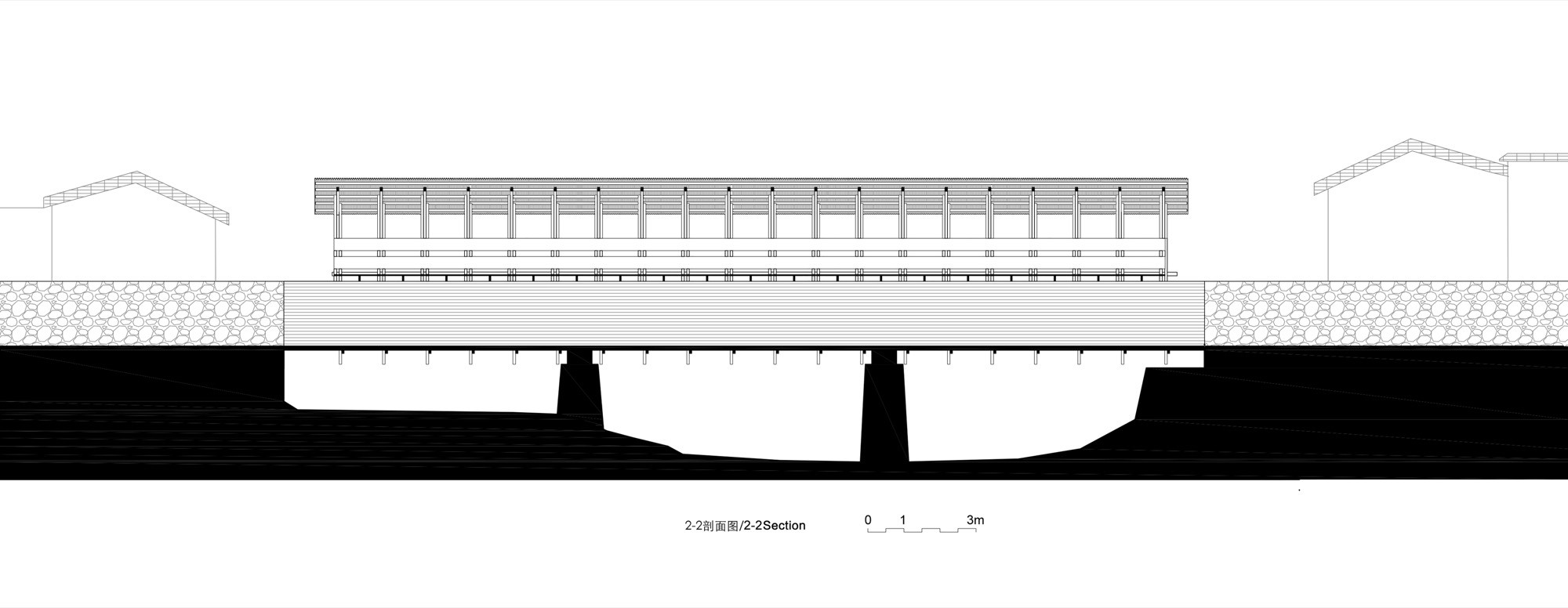
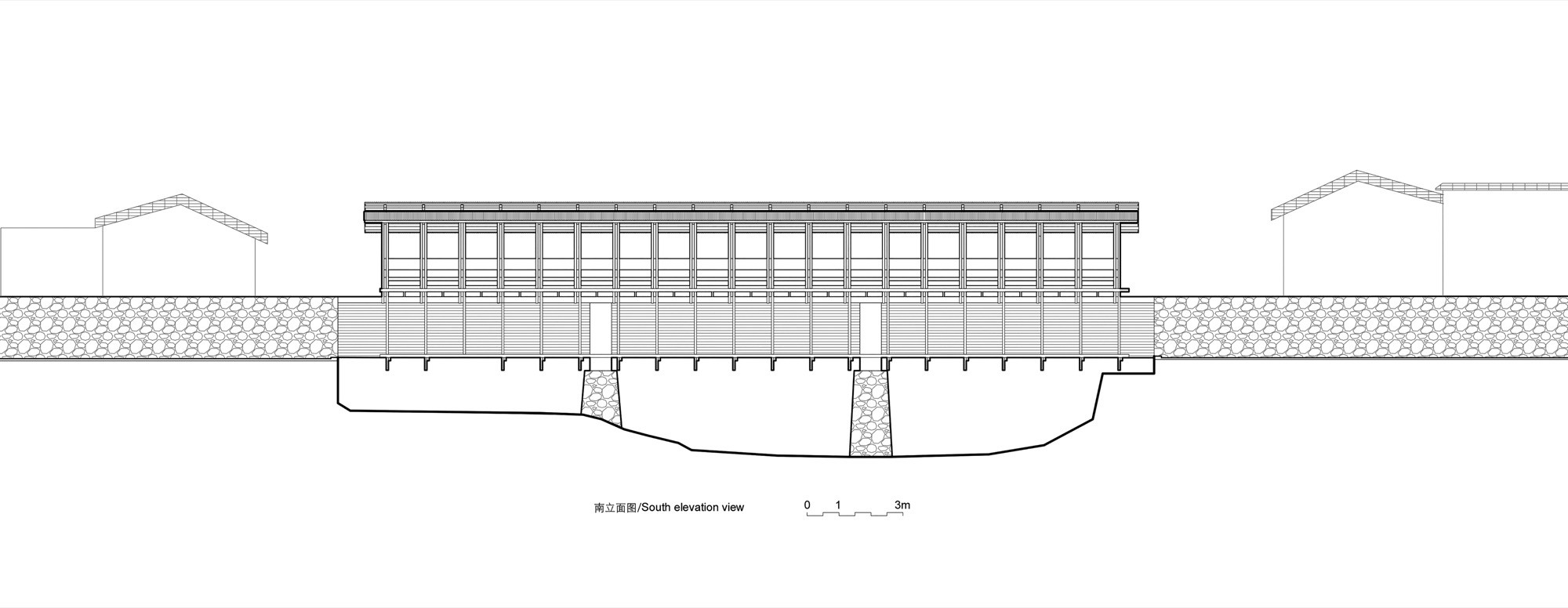

Comments
(0)